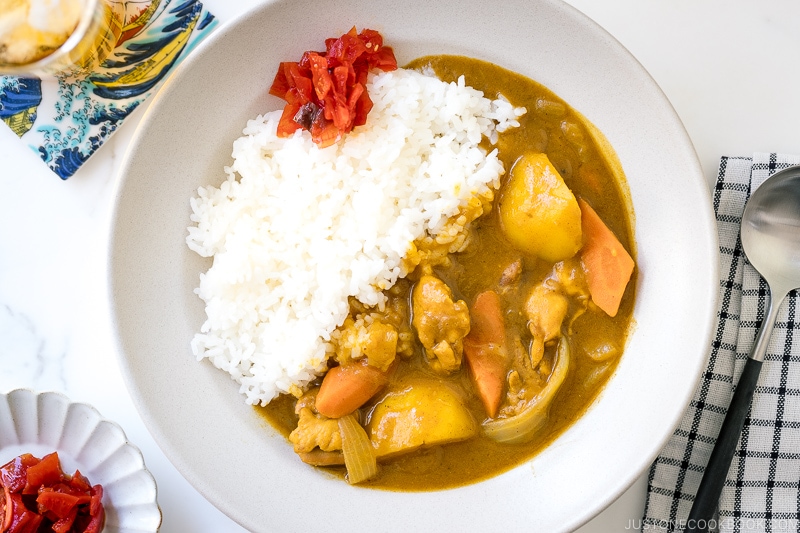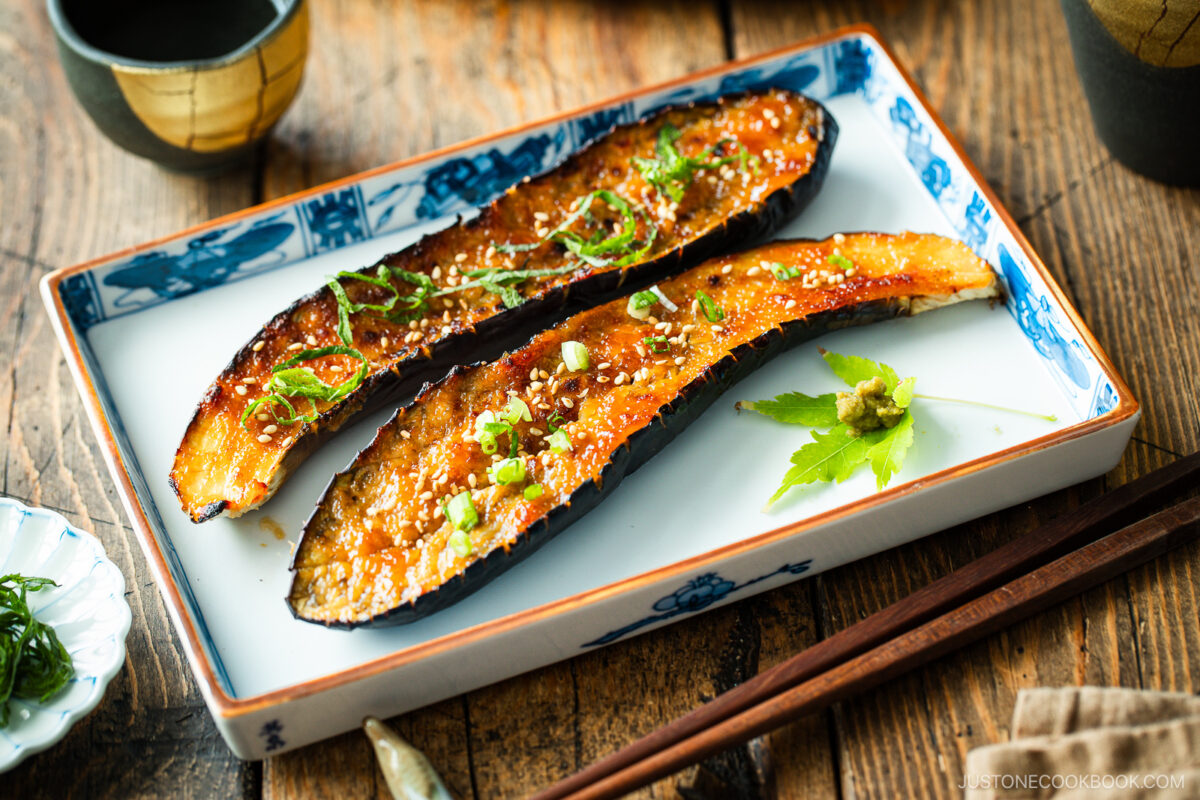One of the secrets to delicious Japanese food is the prep work—those small, thoughtful steps we take before cooking. In this post, I’ll show you simple techniques that make a big difference in flavor, texture, and presentation.
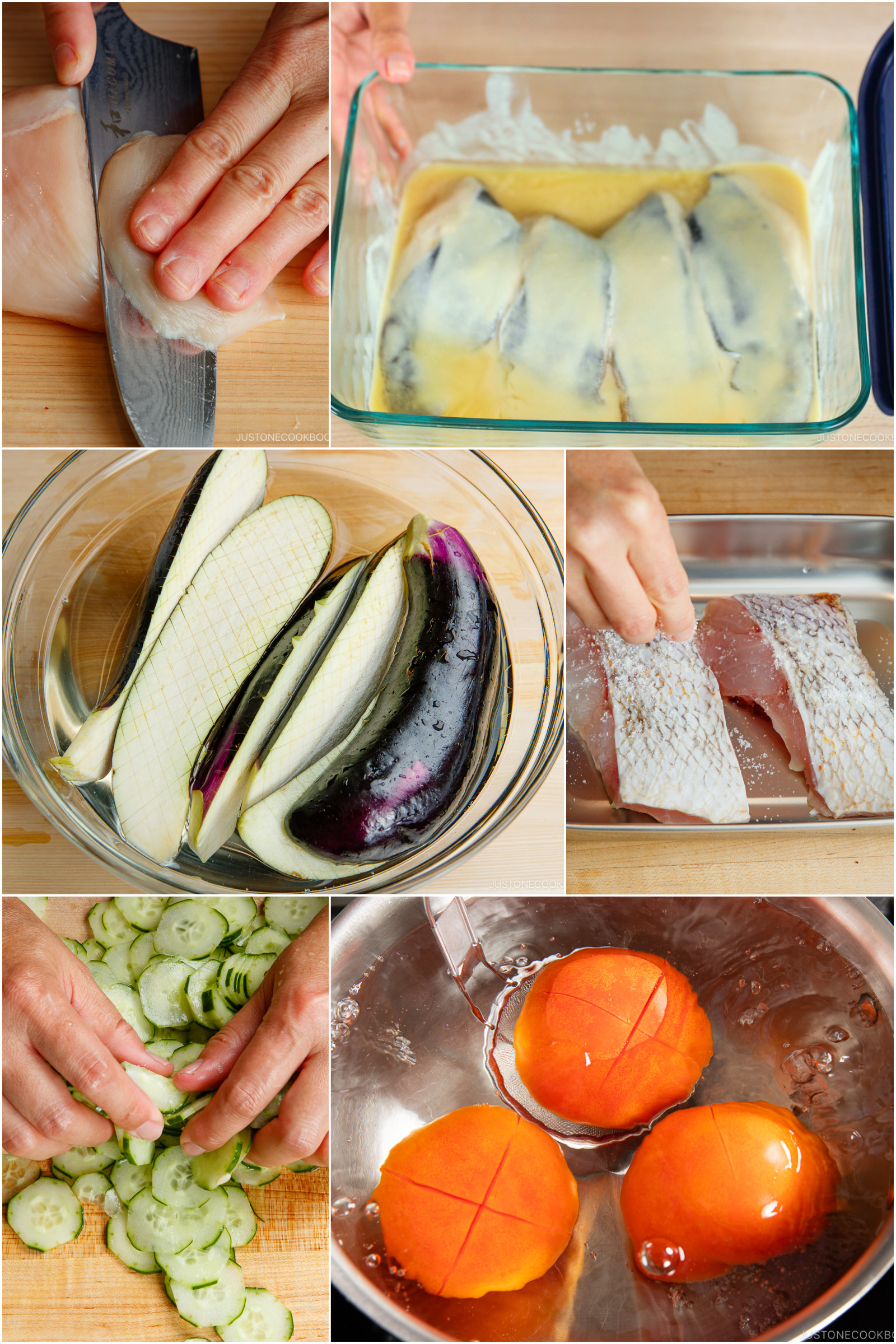
Have you ever wondered why Japanese dishes taste clean and balanced? It’s all thanks to the thoughtful and often simple food prep that happens before you even turn on the stove. In this post, I’ll share what these steps are and why they’ll set you up for a truly delicious dish.
Prep work is one of my five secrets to Japanese cooking. Read about the other four secrets next!
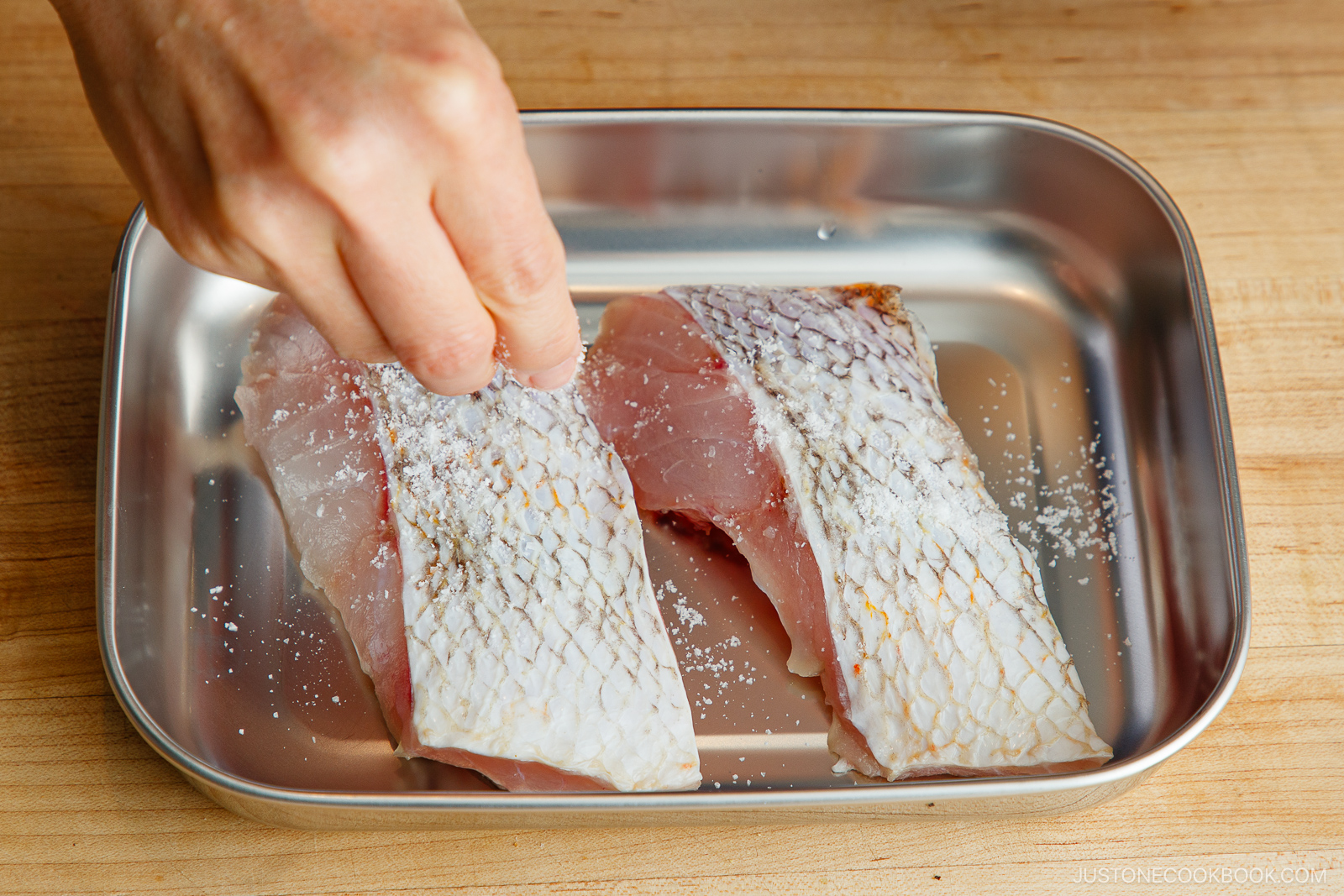
What is Prep Work?
In Japanese cooking, shitagoshirae (shi-ta-go-shi-ra-eh,下ごしらえ) means preparing ingredients before you cook. Small and simple actions like cutting, salting, soaking, rinsing, blanching, and marinating can remove bitterness, boost taste, and make everything cook evenly. That’s why prep work is the foundation of flavor, texture, and beauty in Japanese cuisine.
Types of Prep Work in Japanese Cooking
I treat shitagoshirae as a natural part of the cooking process. Think of it as the quiet magic that happens before the actual cooking begins.
I believe that anyone can add these steps to their cooking routine. Here’s a roundup of some essential techniques that you may encounter on your Japanese cooking journey.
For Vegetables
Cutting
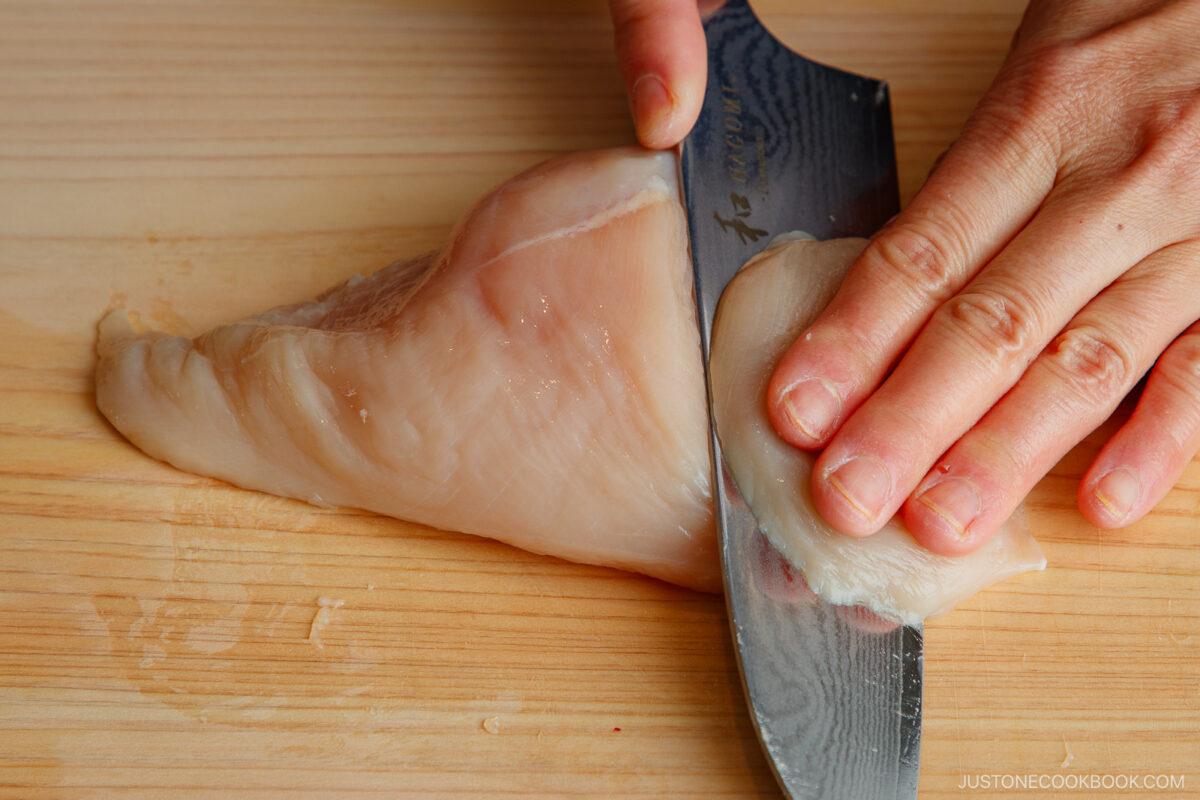
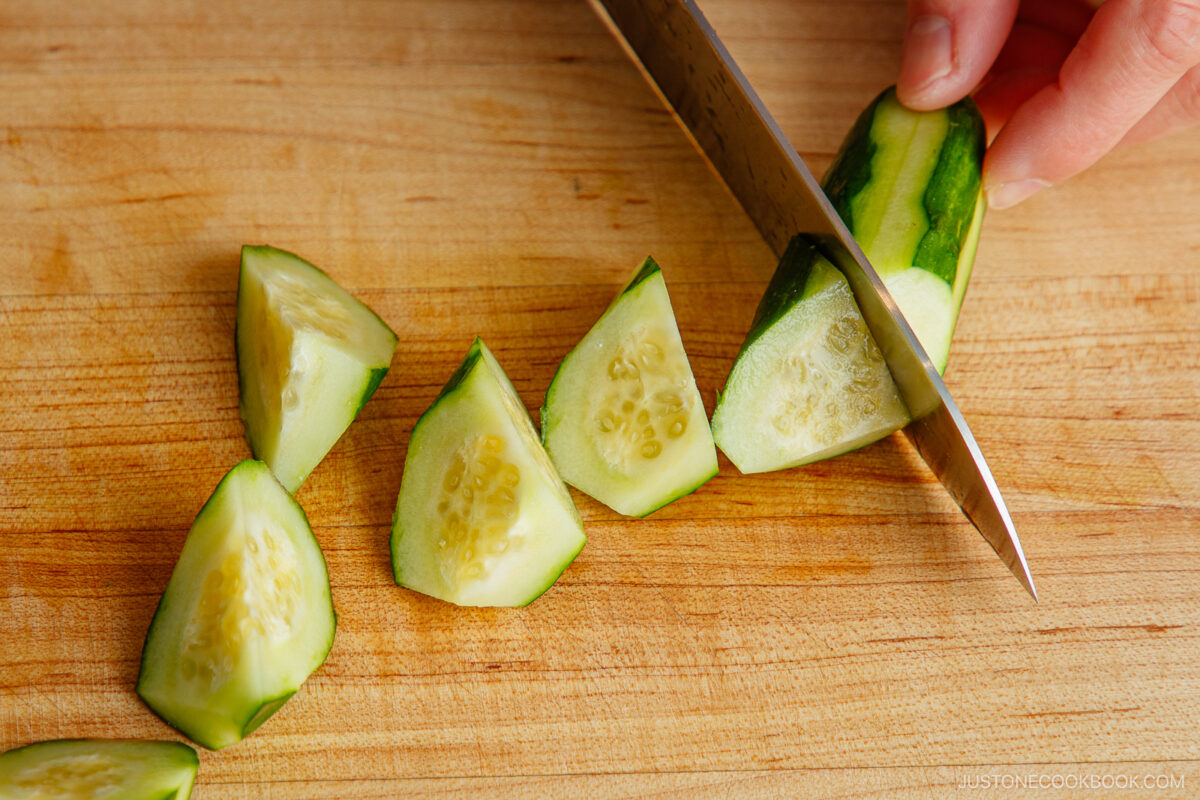
Cutting achieves the best texture, flavor, and presentation with techniques like Sogigiri (Slanted Slice) and Rangiri (Random Cut).
Soaking
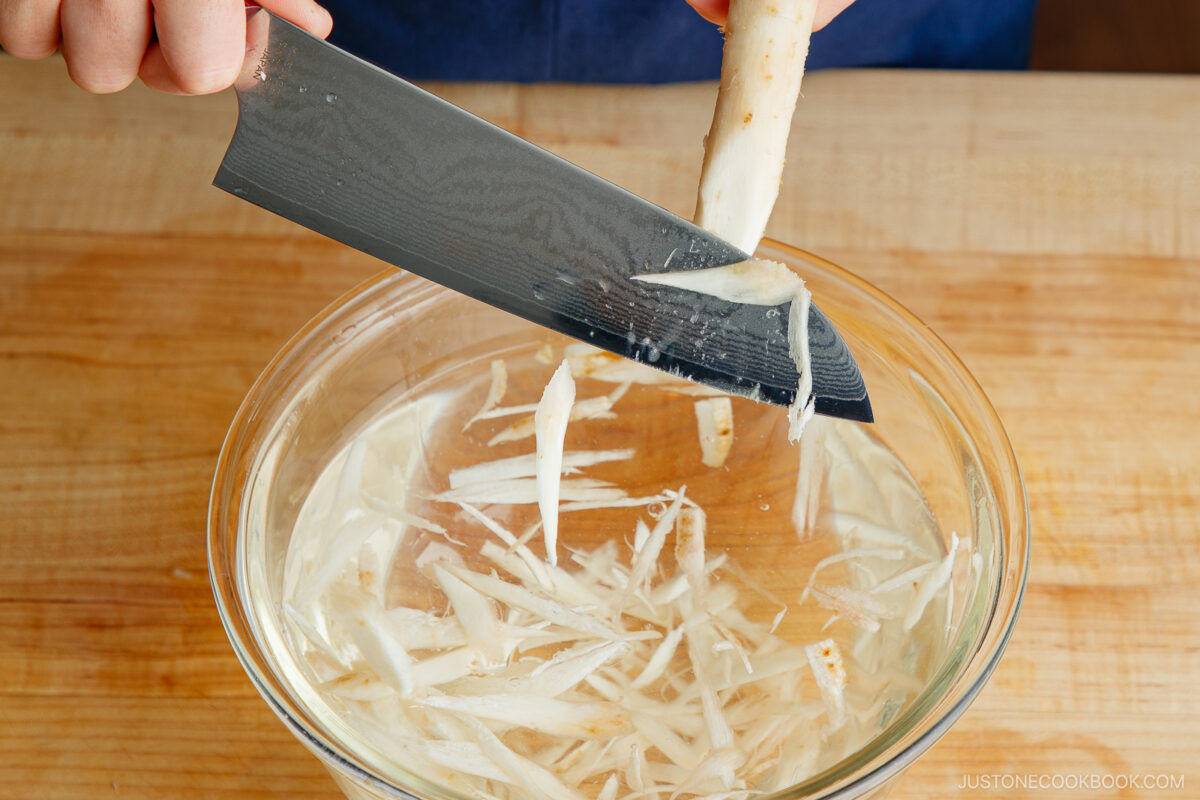
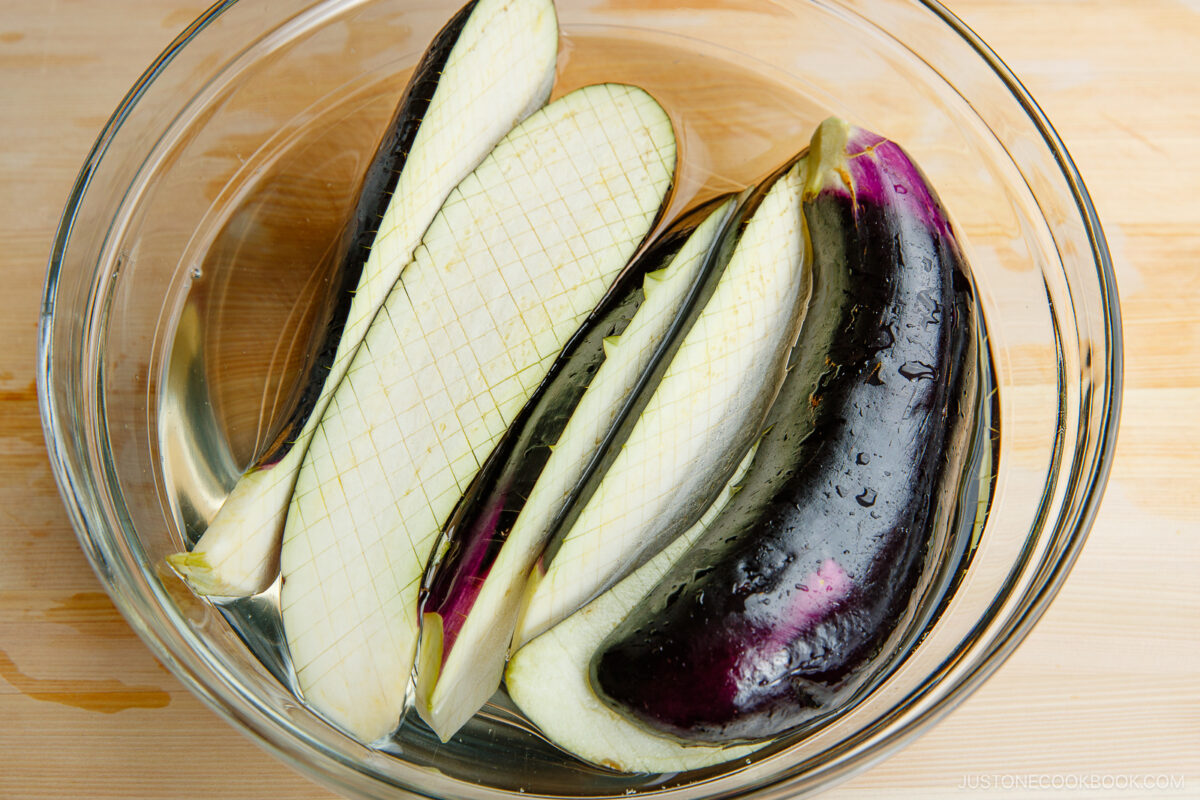
Soaking reduces bitterness/harshness and prevents discoloration (burdock root, eggplant).
Rubbing with Salt
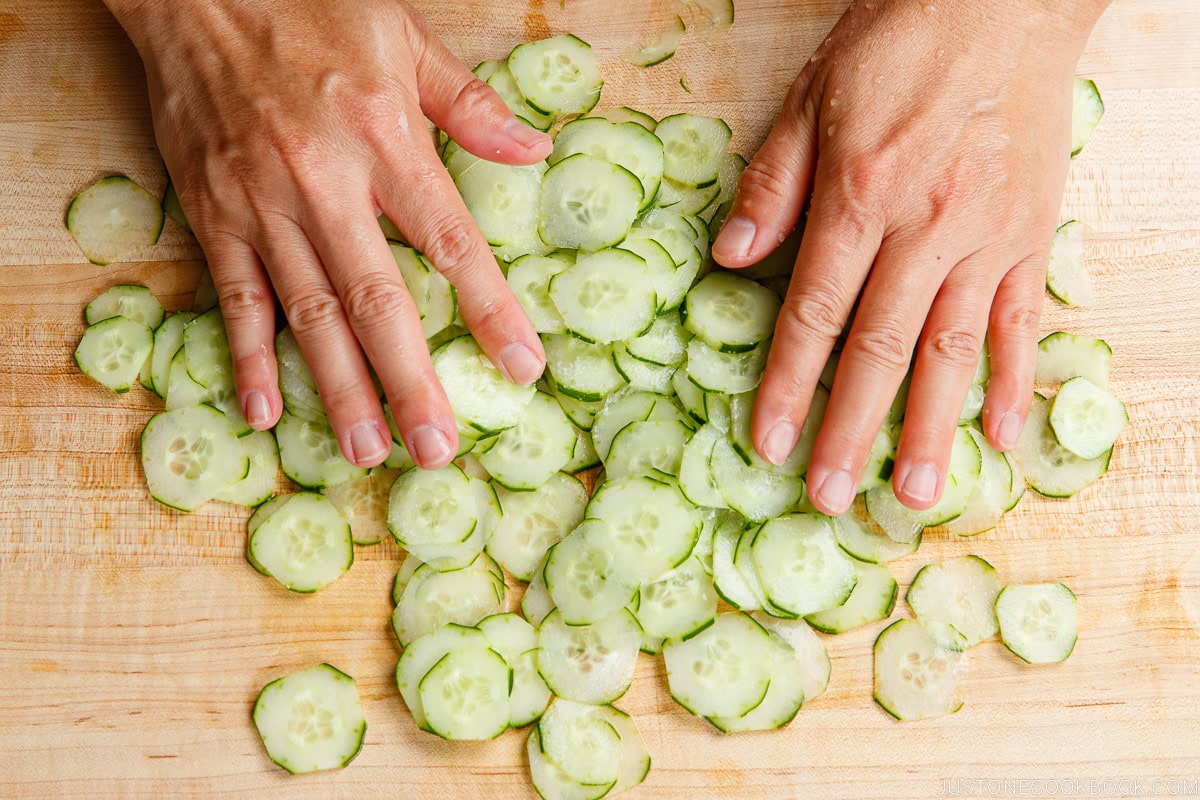
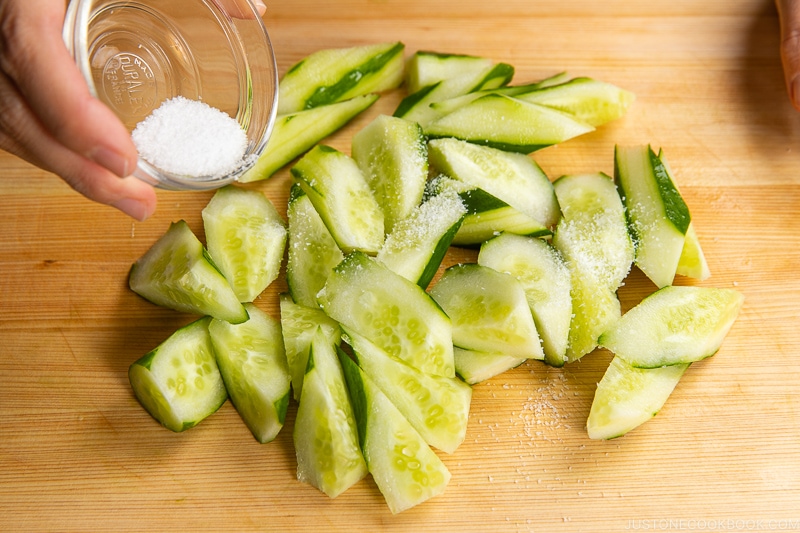
Rubbing with salt softens vegetables and removes bitterness (cucumber).
Blanching/parboiling
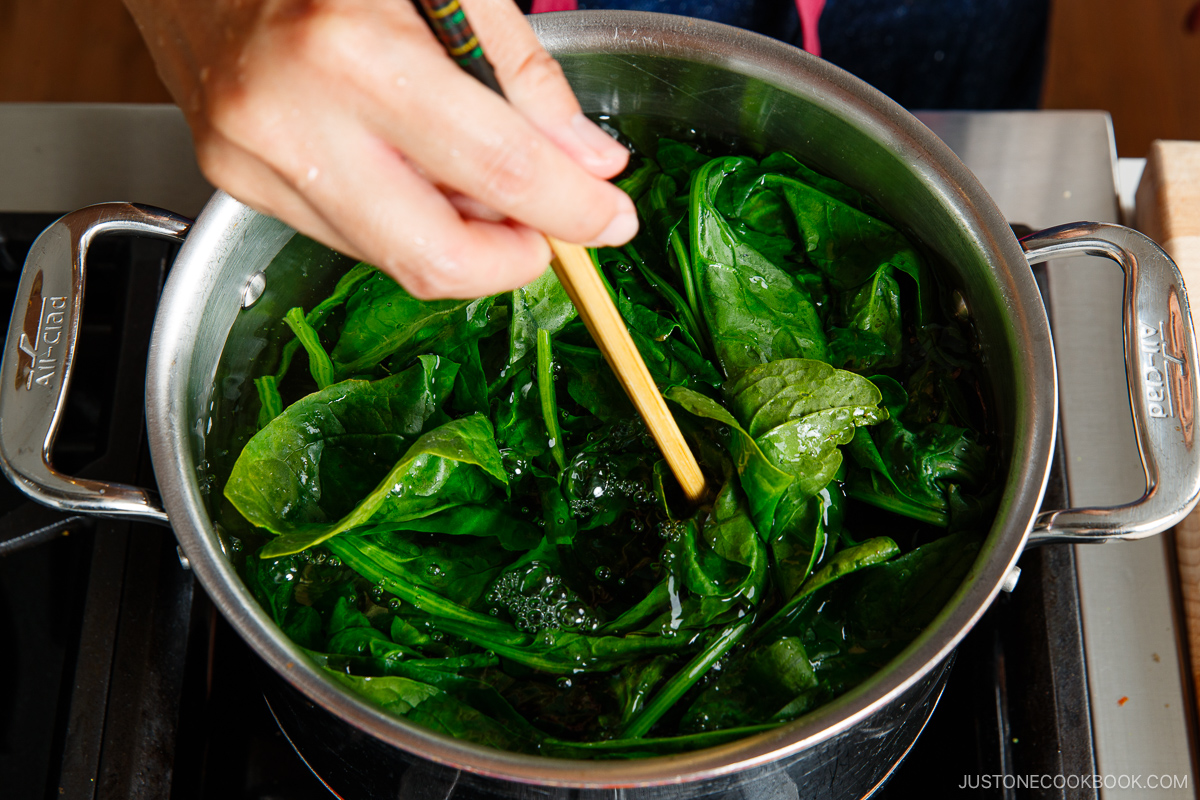
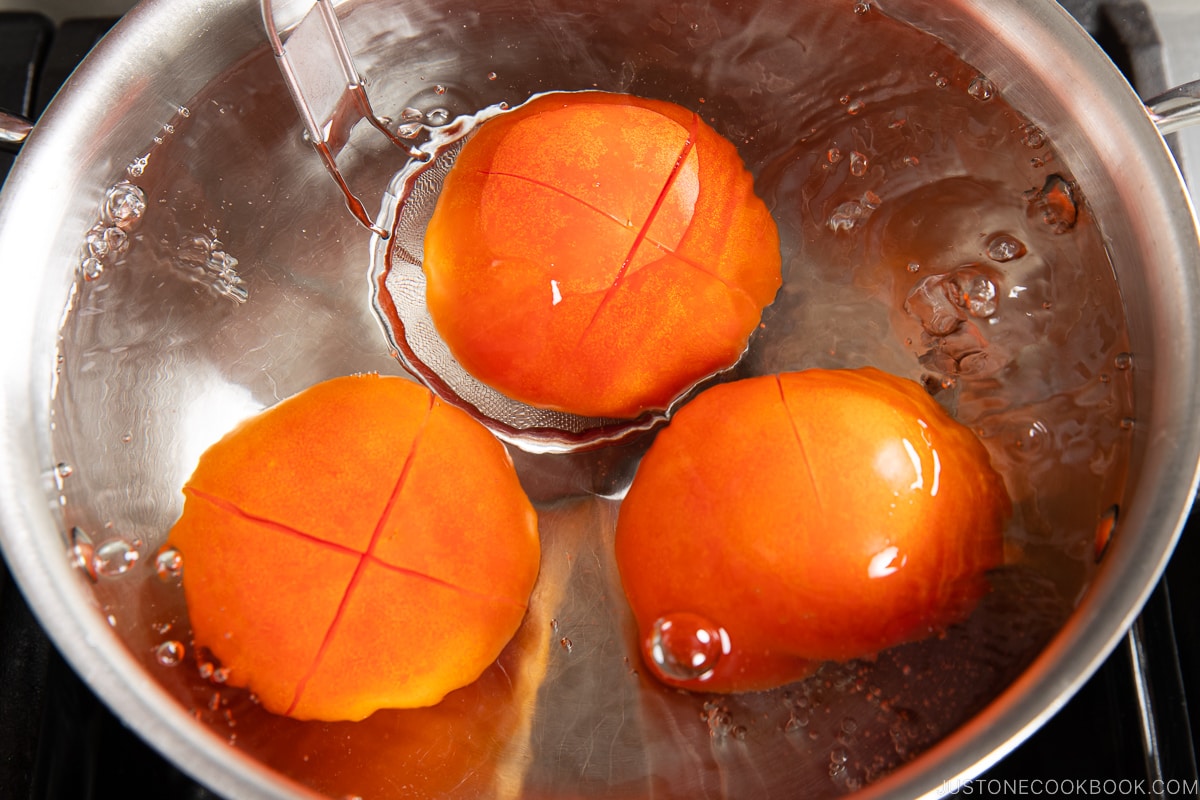
Blanching or parboiling preserves bright color (spinach, green beans), makes peeling easier (tomato), and removes bitterness/harshness.
For Fish & Meat
Salting
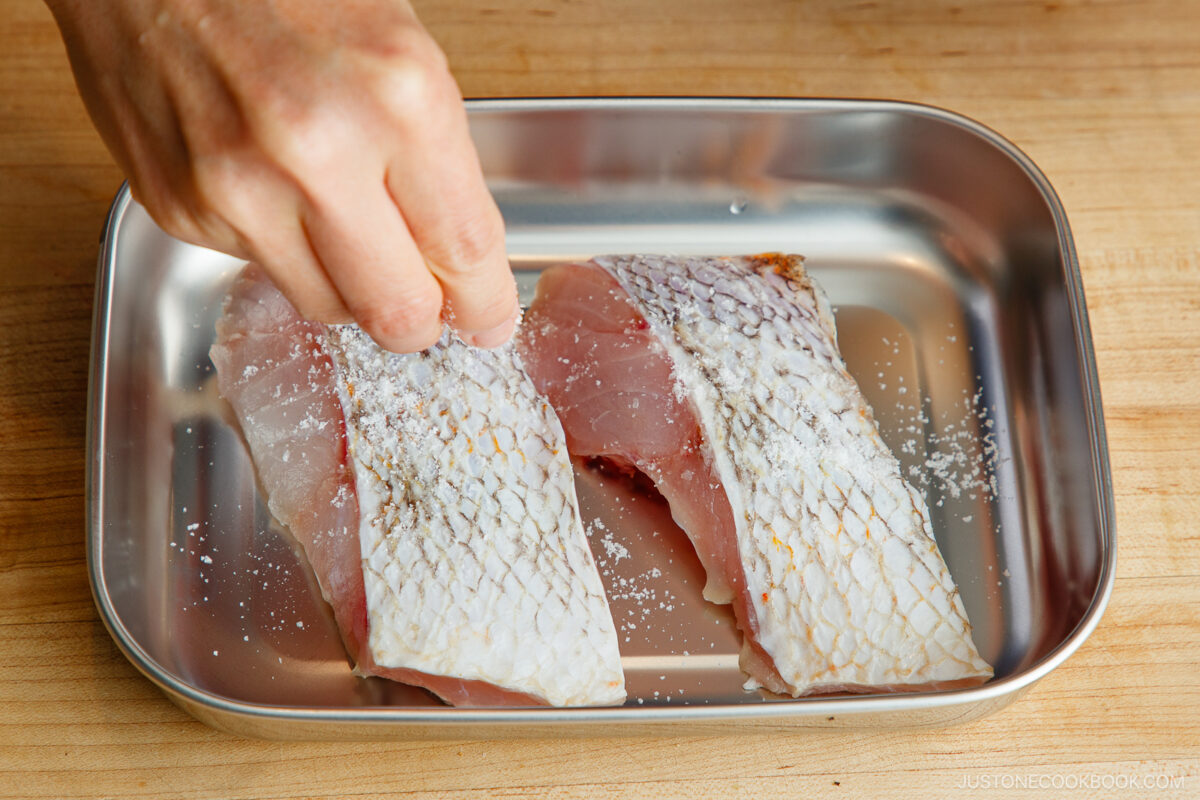
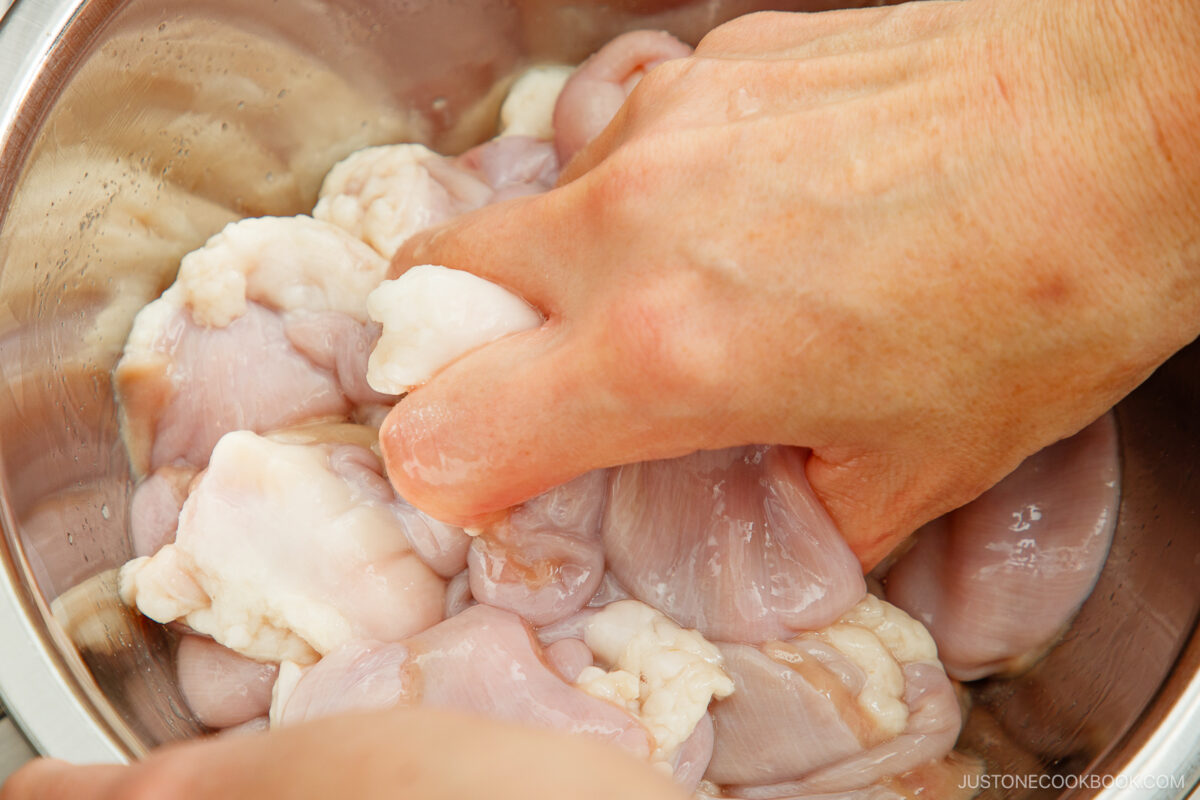
Salting removes unwanted odors (fish and offal).
Rinsing with Sake
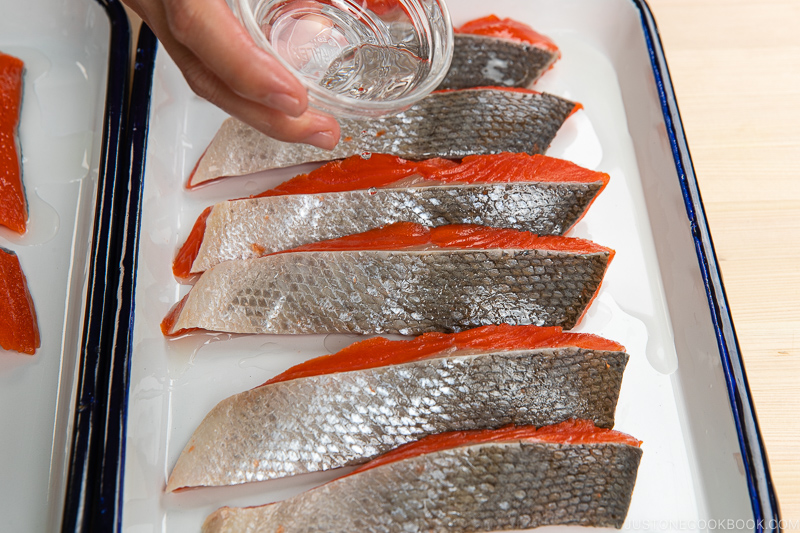
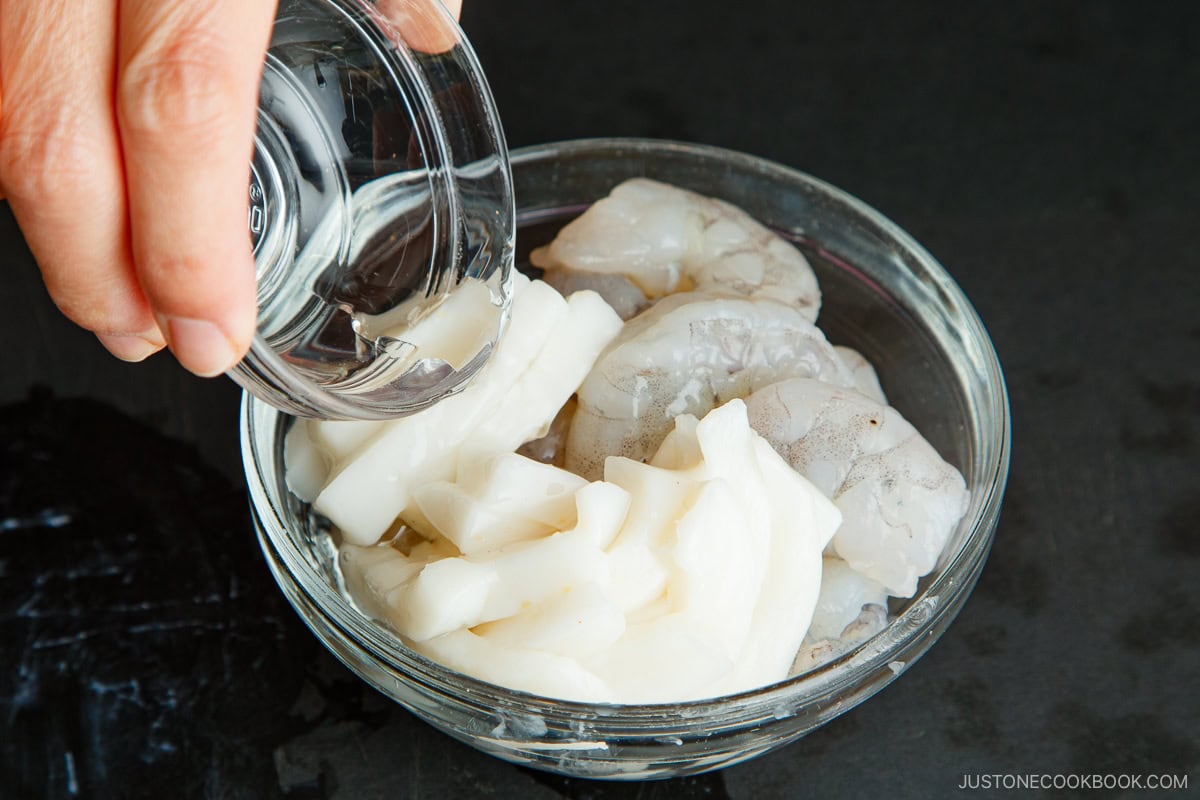
Rinsing with sake removes odors and improves texture.
Blanching/parboiling
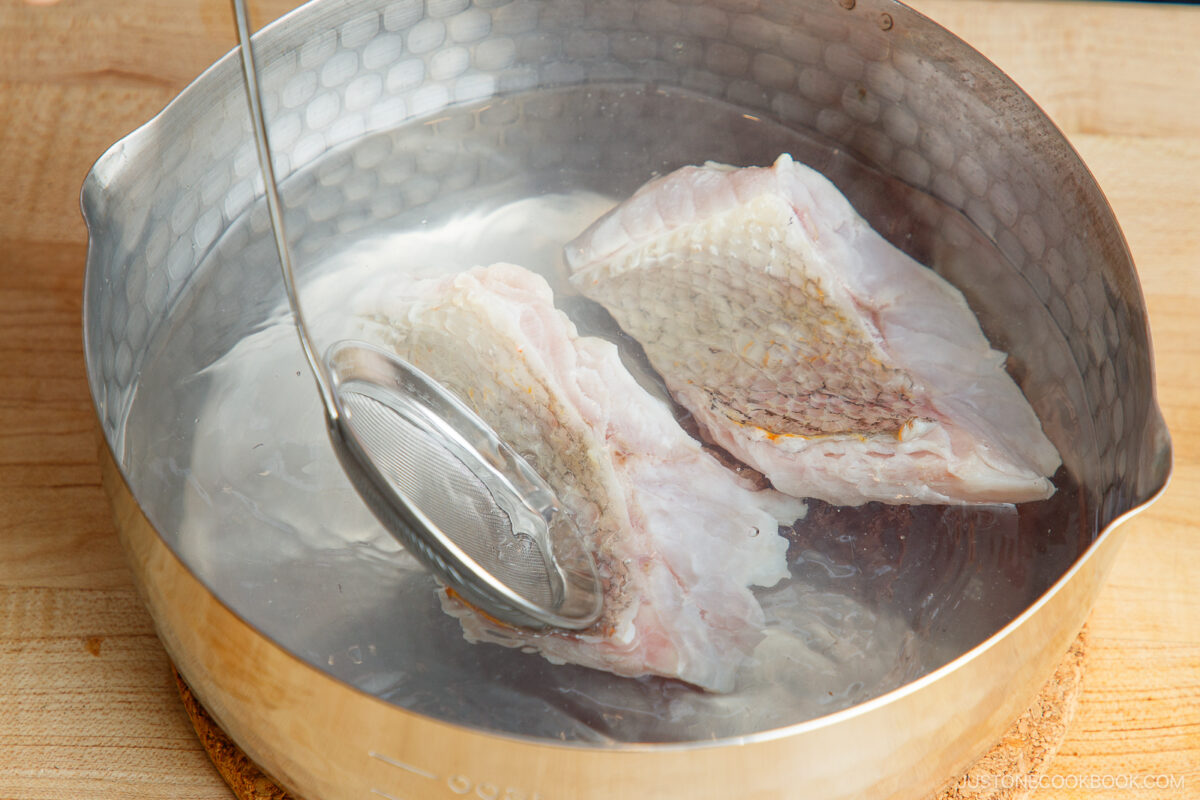
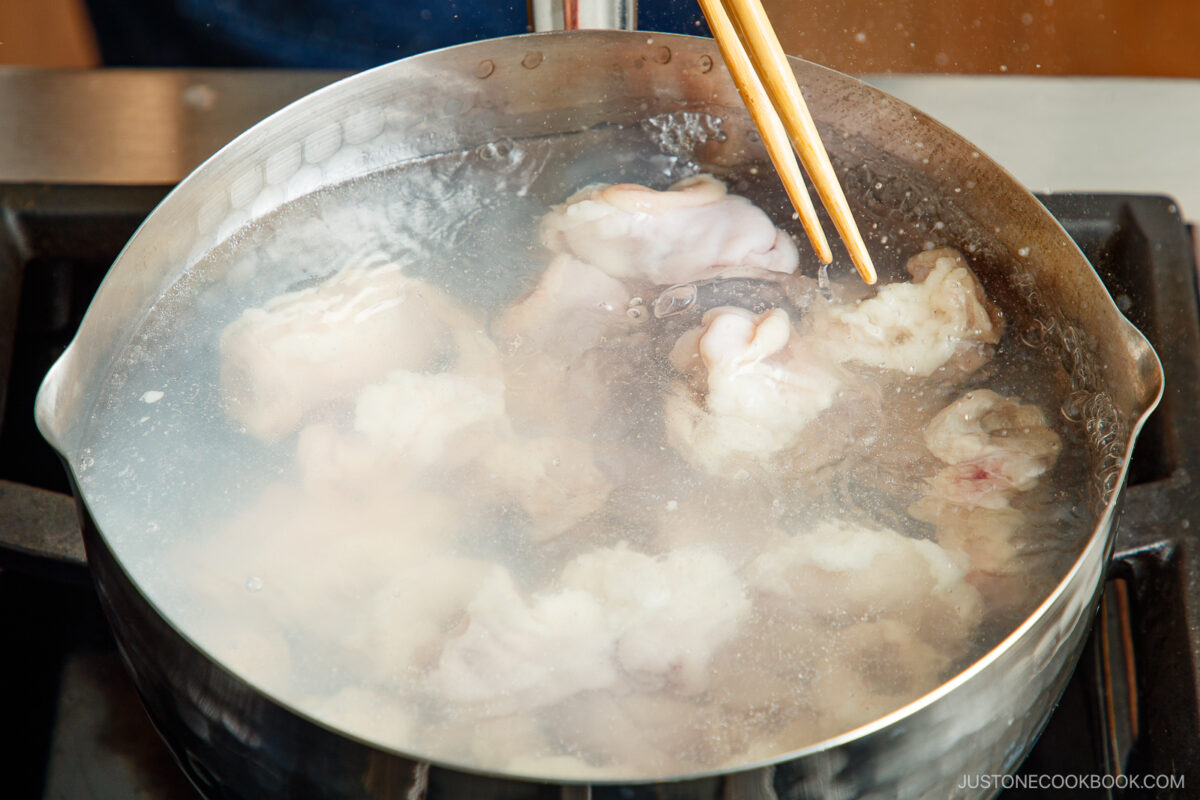
Blanching or parboiling removes odors and impurities and partially cooks the food.
Marinating/seasoning
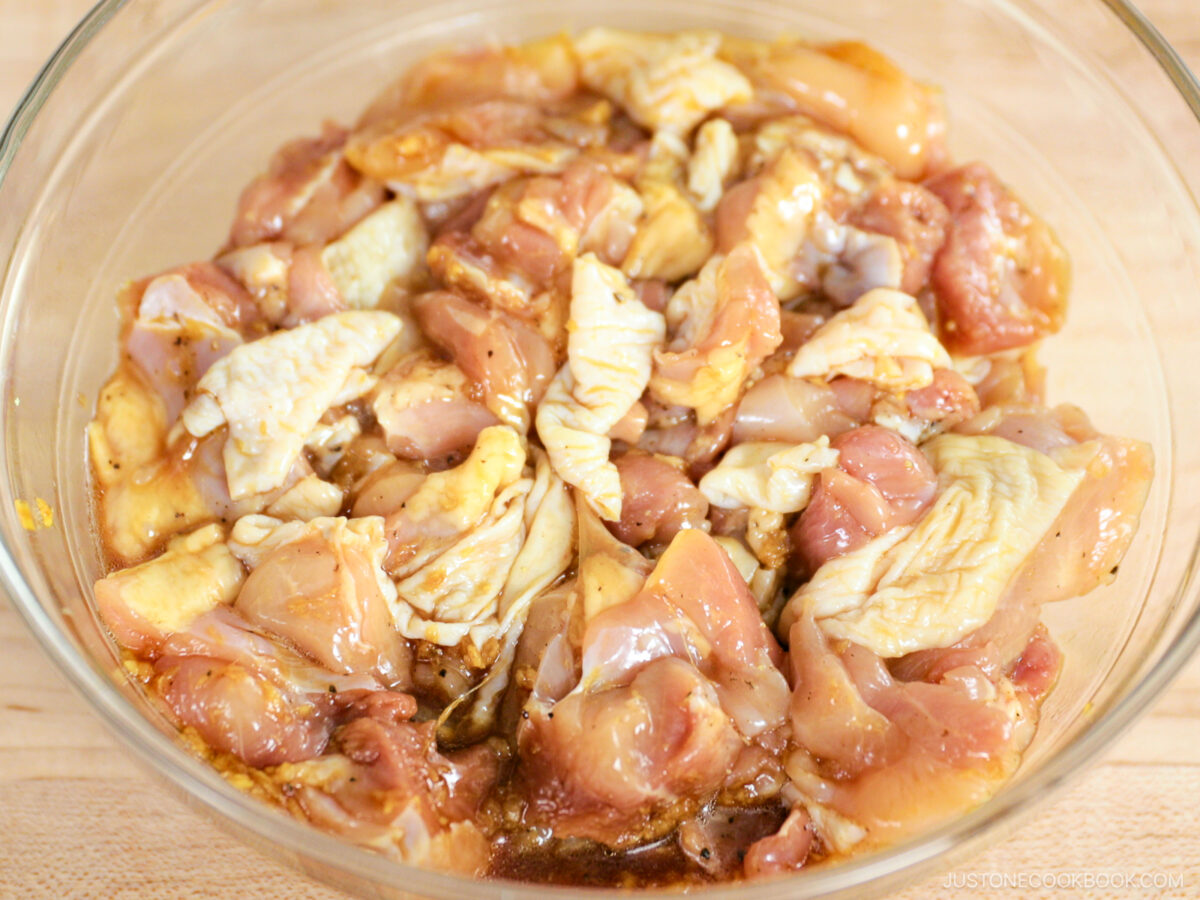
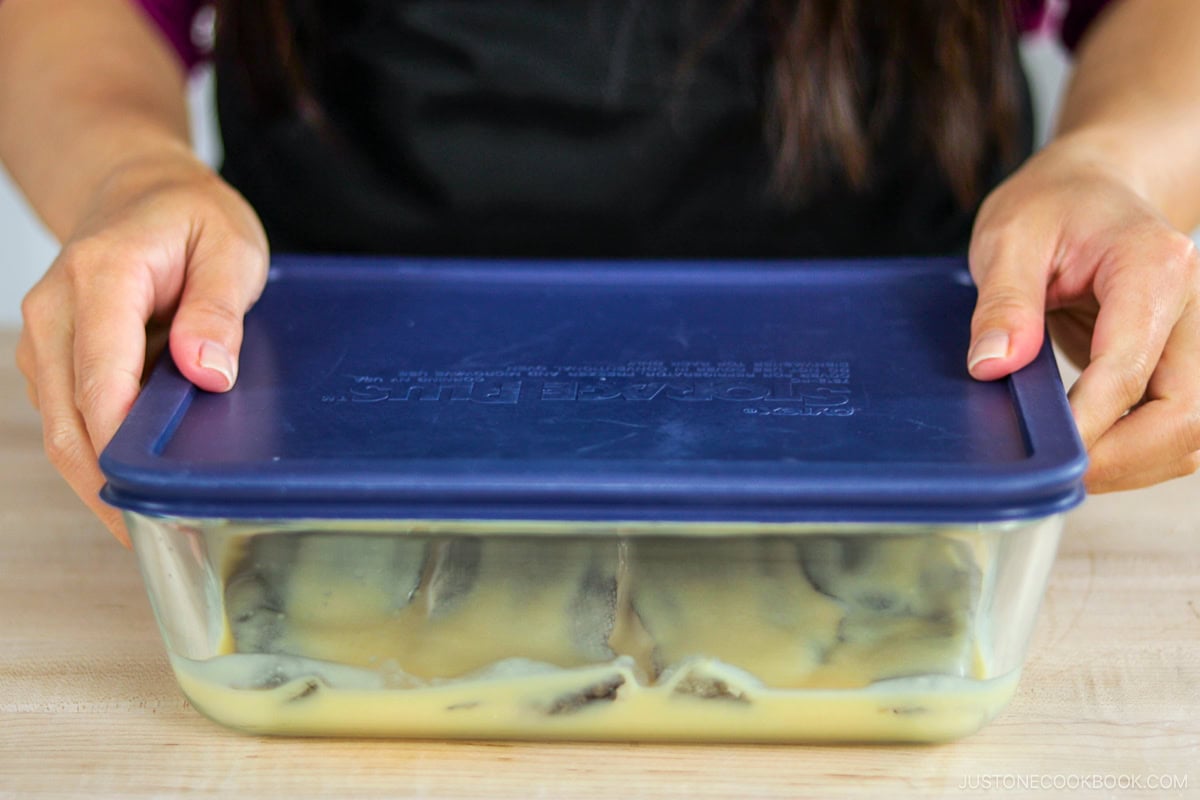
Marinating and seasoning infuse ingredients with flavor and improve seasoning absorption during cooking.
Why Does Prep Work Matter?
Prep work isn’t just busywork. I truly believe that food prep is the first step to a delicious meal! Let me assure you of three things:
- I always explain in my recipes how the prep is done, why it matters, and whether you can skip it.
- You’ll pick up lots of effective and practical techniques for Japanese cooking along the way.
- Your final dish will taste even more delicious because of the prep—sometimes, even without you realizing it!
Recipes to Try Japanese Prep Work
Take care of the ingredients from the start using these simple steps, and you’ll set yourself up for a truly delicious dish! Here’s a sampling of recipes using a variety of prep techniques:
- Cutting – Japanese Chicken Curry; see more in Japanese Cutting Techniques & Tips
- Soaking – Miso-Glazed Eggplant
- Rubbing with salt – Japanese Cucumber Salad (Sunomono)
- Salting & rinsing – Miso Black Cod
- Blanching – Spinach with Sesame Miso Sauce
- Marinating – Karaage (Japanese Fried Chicken)
